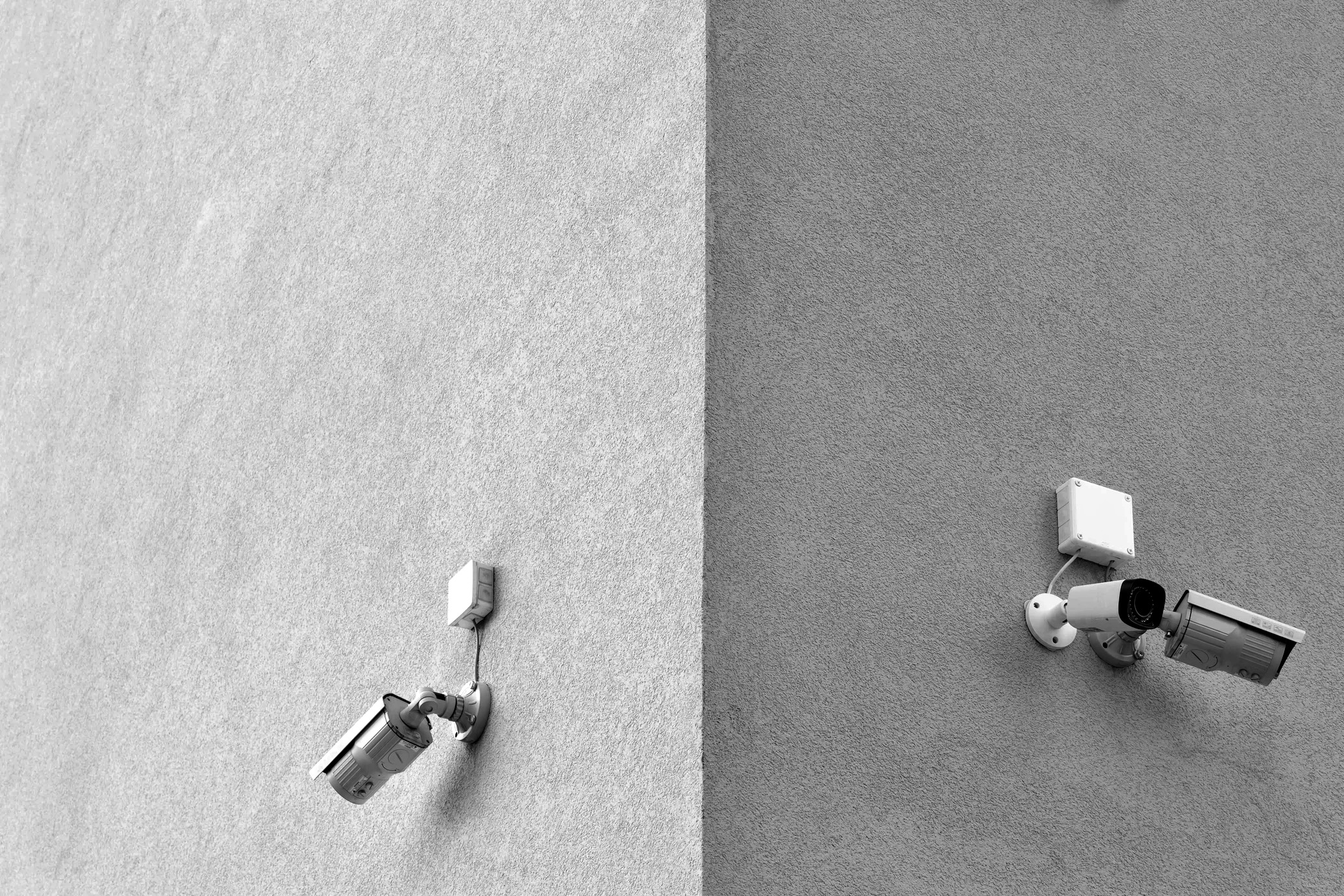Hence, understanding a company’s quick ratio, alongside other financial metrics, aids in developing a comprehensive view of a business’ financial health and provides a robust foundation for decision-making. However, it is essential to note that while the quick ratio can be a useful tool for getting a snapshot of a company’s financial health, it doesn’t provide a comprehensive view. It can’t account for everything that constitutes effective debt management, such as a company’s debt repayment plan or its ability to generate consistent revenue.
Comparison with other liquidity ratios
Additionally, the ideal Quick Ratio can also vary depending on the size of the company. Smaller companies may have a higher Quick Ratio since they have less access to credit and need to maintain a higher level of liquidity. On the other hand, larger companies may have a lower Quick Ratio since they have more resources and can afford to have a lower level of liquidity. It is important to consider both the industry and size of the company when evaluating the ideal Quick Ratio. While a high Quick Ratio indicates strong liquidity, it may also suggest that the company is not efficiently using its assets.
Understanding the Quick Ratio
It includes anything convertible to cash almost immediately, such as bank balances and checks. Current assets are assets that can be converted to cash within a year or less. It includes quick assets and other assets that might take months to convert to cash. To calculate the quick ratio, we need the quick assets and current liabilities. These include reducing inventory levels, increasing efficiency in the collection of accounts receivable, and more conservative management of cash. Additionally, asset sales or cost reductions may be implemented to quickly generate more cash.
Related Term or Concept 2: Working Capital
The quick ratio is ideal for short-term creditors who want to know how quickly they will be paid back if the company were to go bankrupt. Higher ratios indicate a more liquid company while lower ratios could be a sign that the company is having liquidity issues. They might want to evaluate it on a quarterly or annual basis to coincide with regular financial reporting.
Quick Ratio: Definition, Formula, Uses
However, it’s essential to consider other financial metrics and factors, such as industry trends, competition, and economic conditions, when making investment decisions. The Quick Ratio is a more conservative measure of liquidity than the Current Ratio, which includes all current assets. The Current Ratio can include inventory, which may not be easily converted into cash, making the Quick Ratio a more precise measure of a company’s short-term liquidity. Therefore, it’s important to use the Quick Ratio when a company’s inventory is not readily convertible to cash, such as in the case of seasonal or slow-moving products. In contrast, the Current Ratio may be more appropriate for businesses that have high inventory turnover rates. To improve the quick ratio, focus on reducing current liabilities, increasing current assets (excluding inventory), and optimizing cash flow.
Current Ratio Formula
As a case in point, current assets often include slow-moving inventory items and other items which are not very liquid. A company can improve its quick ratio by manipulating its current assets or liabilities. Sometimes, having a quick ratio too high, persistently above the industry average, may not be a promising sign either.
Different industries have different standards for what is considered a healthy Quick Ratio. For example, a manufacturing company may have a lower Quick Ratio compared to a service-based company due to differences in inventory management and cash flow. It’s important to compare a company’s Quick Ratio trend to industry benchmarks to get a better understanding of its financial position. It indicates if a business can meet its current obligations without experiencing financial strain. For investors, this is invaluable information when considering a potential investment.
However, a quick ratio of less than 1 indicates that the company may have problems meeting its short-term obligations without having to sell some of its larger assets. However, its relevance may vary based on the industry in question, as some industries make significant use of inventories. Take action today by consulting with financial experts, implementing best practices, and conducting further research to optimize the use of the quick ratio in your accounting functions.
Yes, the quick ratio can be negative if a company has a negative working capital or if its current liabilities exceed its current assets. A negative quick ratio indicates a significant liquidity risk, tax filing options and immediate action should be taken to address the situation. If a company finds that its Quick Ratio is not at a desirable position, there are several strategies it can take to improve this figure.
- While the Quick Ratio offers a stringent view on a firm’s liquidity, using it with the Current and Cash Ratio can elevate the analysis, providing a more rounded perspective of a firm’s financial picture.
- A decreasing trend of Quick Ratio over time may urge the business leaders to dig deeper into the matter to find reasons such as extended credit terms, increased borrowing, or growth of inventories.
- Investors will use the quick ratio to find out whether a company is in a position to pay its immediate bills.
- More importantly, it’s critical to understand what areas of a company’s financials the ratios are excluding or including to understand what the ratio is telling you.
- Another important factor to consider when analyzing a company’s Quick Ratio trend is the industry in which it operates.
For one, this ratio does not account for cash flows, which can have a significant impact on a company’s liquidity. Further, it is important to note that quick ratios can vary between industries, so this ratio is more valuable when used to compare companies within the same industry. The company’s quick ratio is 2.5, meaning it has more than enough capital to cover its short-term debts.



